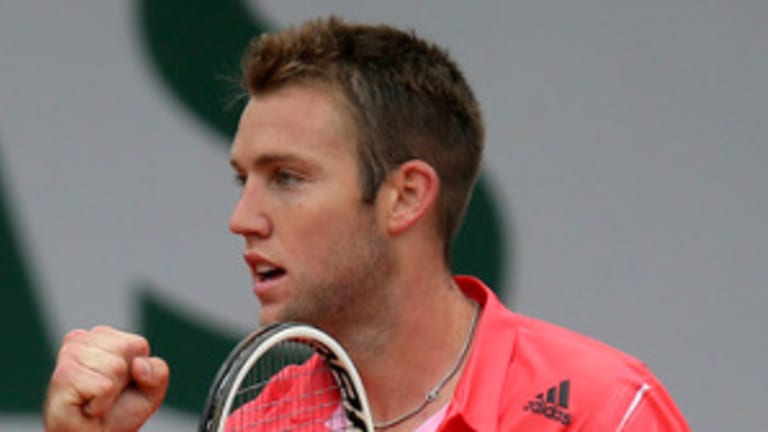I am an American, and I am a fan of tennis. That does not mean that I am, therefore, a fan of American tennis. It’s a seemingly obvious statement, but one that continues to elude the majority of tennis media, particularly the networks that broadcast tournaments. I will not name names; if you’ve seen one, you’ve seen them all.
That being said, when I am asked about tennis outside of work by the sport’s casual followers, I get one question more—way more—than any other. It’s not about when Roger Federer or Serena Williams will retire; it’s not about whether Rafael Nadal can hold off Novak Djokovic yet again at Roland Garros. It is this:
What’s wrong with American men’s tennis?
So while I am not a direct supporter of U.S. players—or any particular player, for that matter—there are many others who follow the sport based on the flags, rather than the names. To me, that’s a bit unfortunate, for they are the most overplayed and least significant attribute of a tennis player’s worth. If I ever become commissioner of tennis, the first thing I’ll do is order those flags removed from TV broadcasts, and country abbreviations stricken from draw sheets.
That’s just my opinion, of course. I’m sure many of you share the opposing view, and of that segment which cheers on men’s players from the United States, I have one piece of advice for you:
The only player who really matters right now is Jack Sock.
That’s not because Sock is the final American man left at Roland Garros, but that doesn’t hurt his cause. Steve Johnson ran into a man named Stan in the third round and fell in straights, leaving Sock to carry the flag that’s digitized next to his name. The usual U.S. suspects gave their usual performances at a Slam, meaning Sam Querrey bowed out early (first round) and John Isner disappointed (he went home a round later). The disparity between Isner’s play at Masters tournaments and majors is astonishing—he’s reached six Masters semis and two finals, but has reached the fourth round of a Slam just three times—yet it simply underscores the fact that best-of-five set play is an entirely different game for the 6’10” serving star.
The man Querrey lost to, 18-year-old Borna Coric, is who Sock will face in his next match. It should be a fantastic third-rounder—check out Steve Tignor’s thoughts on it here—featuring two young, charismatic talents that could be in the upper reaches of the sport in the next few years. The winner will most likely play Rafael Nadal, so there’s that at stake, too.
